Physical Security
Physical security is the protection of personnel, hardware, software, networks and data from physical actions and events that could cause serious loss or damage to an enterprise, agency or institution. This includes protection from fire, flood, natural disasters, burglary, theft, vandalism and terrorism. While most of these are covered by insurance, physical security’s prioritization of damage prevention avoids the time, money and resources lost because of these events.
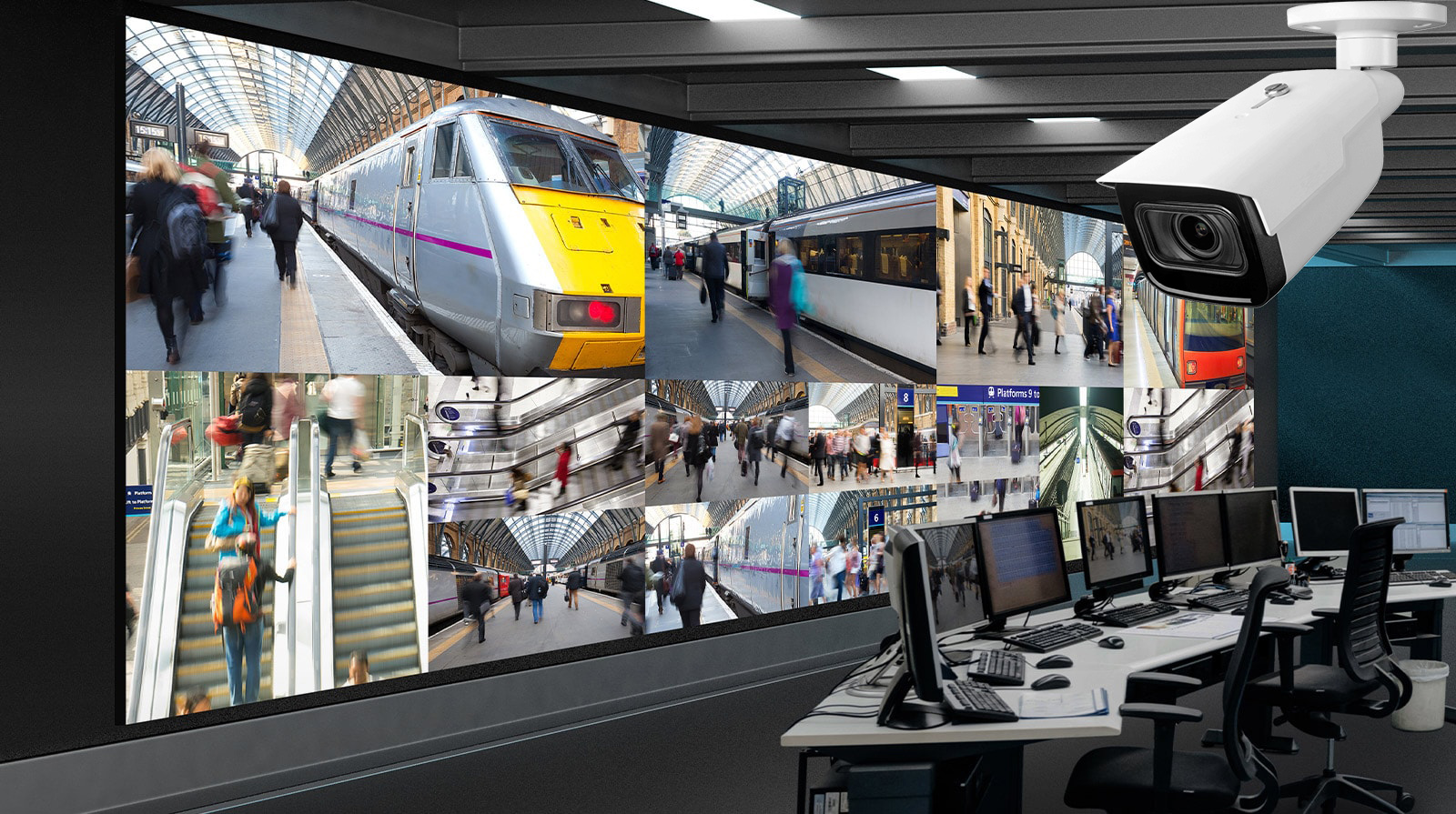
VIDEO SURVEILLANCE
A video surveillance system is a network of cameras, monitors/display units, and recorders. Cameras can be either analog or digital with various features to explore, such as resolution, frame rate, color type, and more. Whether applied inside or outside the building, it operates 24/7, designed only for recording movement when necessary.
Surveillance cameras may be in plain sight or hidden from view. The camera’s purpose is to deter improper behavior, and the video footage can also serve as evidence for later review by security staff or law enforcement. Depending on your needs, there are many different video surveillance systems available, such as live monitoring, remote access via an ip system, and Network video recorders (NVR) for recording footage.
ACCESS CONTROL
An Access Control system typically includes locked gates, doors or barriers which can be opened using identity authentication methods such RFID access cards, pin codes, face recognition, finger prints or smartphones to allow entry to a building or certain area.
Access Control is a method of security that controls access both physically and virtually unless authentication credentials are provided.
‘Virtual’ Access Control limits connections to computer networks and data, using passwords and pin codes, for example, as a secure method of authorization.
‘Physical’ Access Control is a means of controlling who and when a person can enter an area, location or building using a secure authentication method such as an ID card or biometric identification, for example, as authorization.

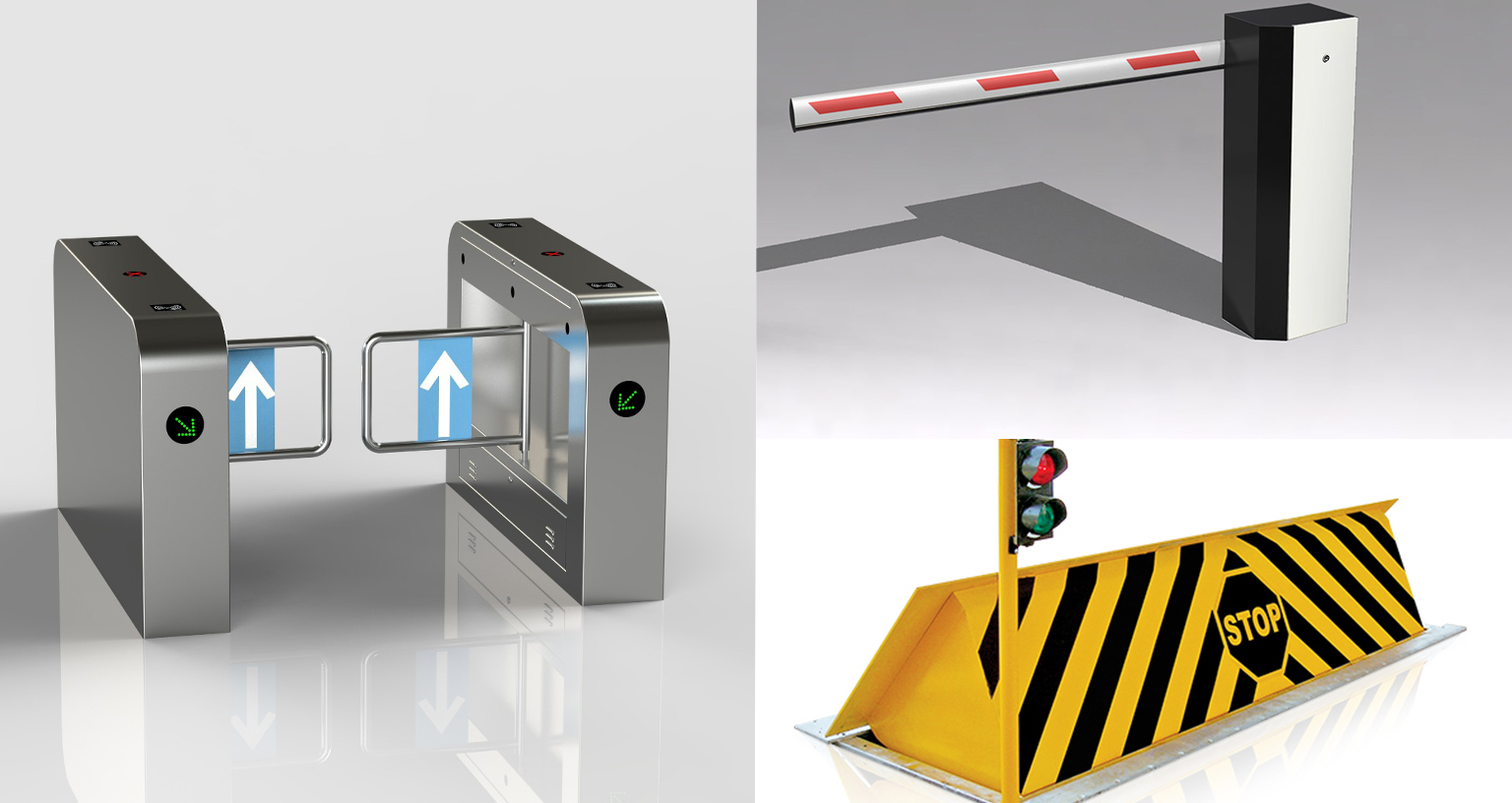
PHYSICAL BARRIERS
-
No matter how high rated a lock or access control system is, if the physical access system can be over looked then it is of little importance. Therefore the physical access system must be addressed and in line with the safety requirements.
-
Some examples of physical access systems?
1. Sensor barriers
2. Turnstiles
3. Rising barriers
4. Revolving doors
5. Security interlocks
ALARM SYSTEMS AND SENSORS
Alarm sensors are devices that detect events that are not part of the normal working environment and that send signals to the alarm panel for processing.
Alarm sensors, whether mechanical or electronic, must be strategically placed so that they can monitor conditions that require security alerts.
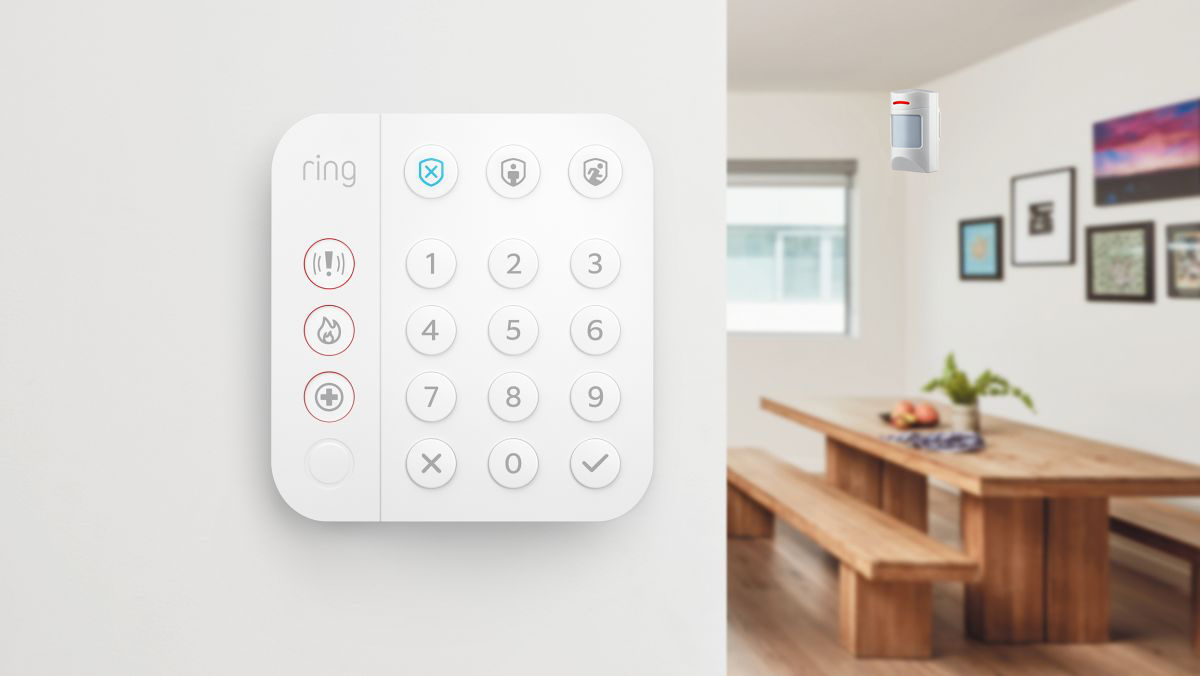
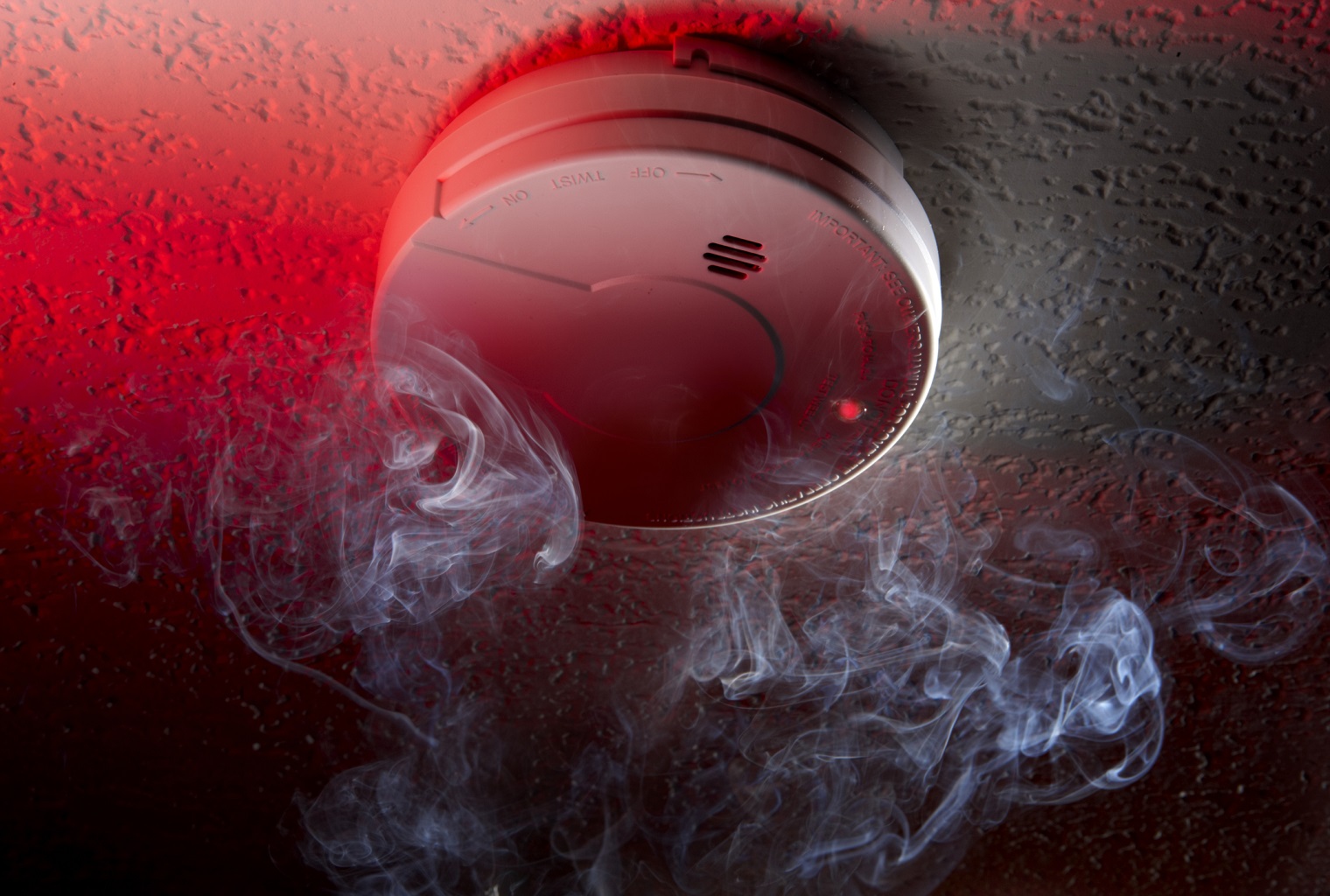
FIRE ALARM SYSTEM
A fire alarm system warns people when smoke, fire, carbon monoxide or other fire-related emergencies are detected. These alarms may be activated automatically from smoke detectors and heat detectors or may also be activated via manual fire alarm activation devices such as manual call points or pull stations.
PUBLIC ADDRESS SYSTEM
A public address system is an electronic system comprising microphones, amplifiers, loudspeakers, and related equipment. It increases the apparent volume of a human voice, musical instrument, or other acoustic sound source or recorded sound or music.
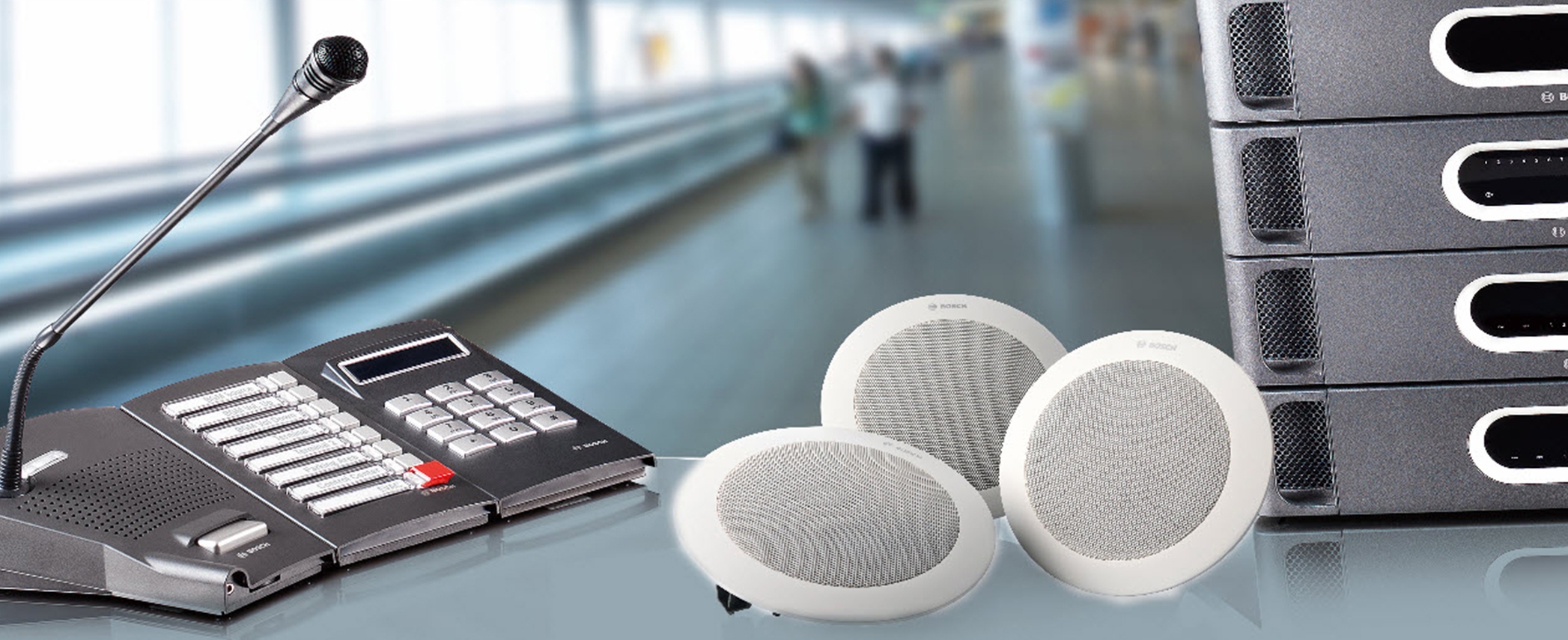
PERSONAL PROTECTIVE EQUIPMENT
Personal protective equipment is protective clothing, helmets, goggles, or other garments or equipment designed to protect the wearer’s body from injury or infection. The hazards addressed by protective equipment include physical, electrical, heat, chemicals, bio-hazards, and airborne particulate matter.
Newsletter.
Sign up for our newsletter to get updated information, news, or insight about robotics and the industries.
- info@nextrend.com
- +1 212 736 3100
- 3736 Hawks Nest Lane, Saint Louis - Missouri



